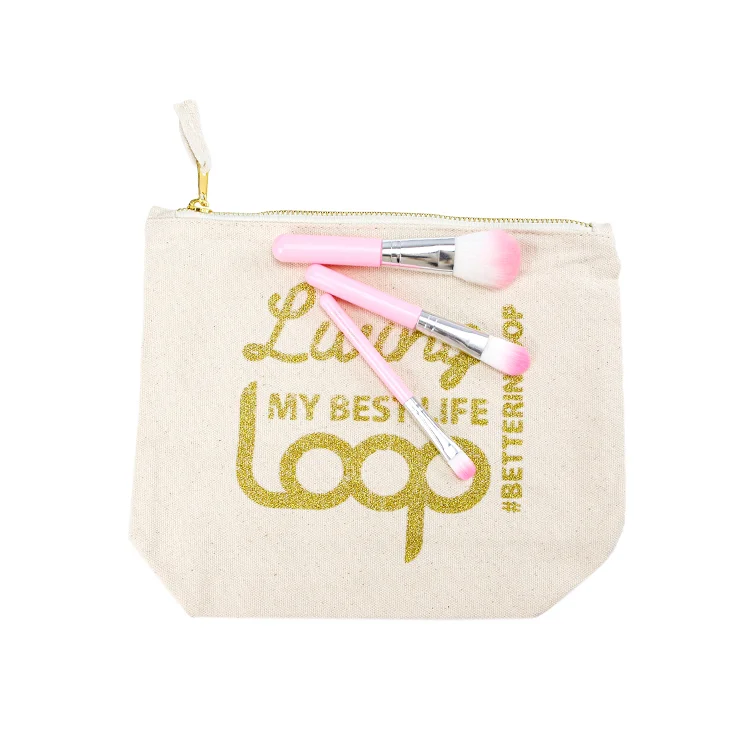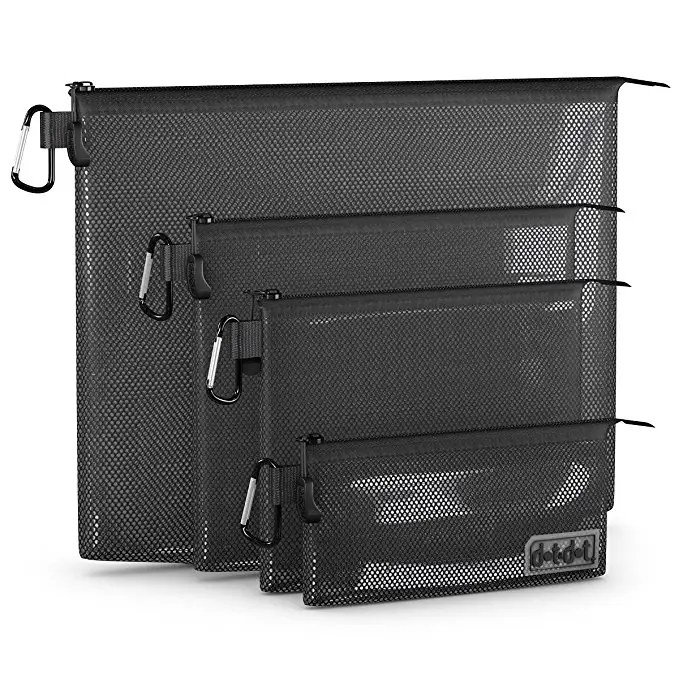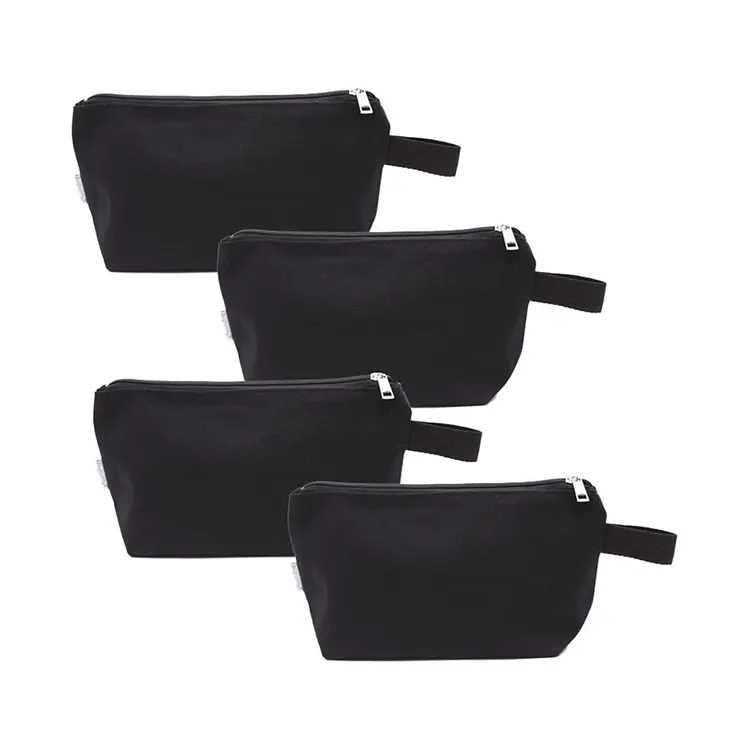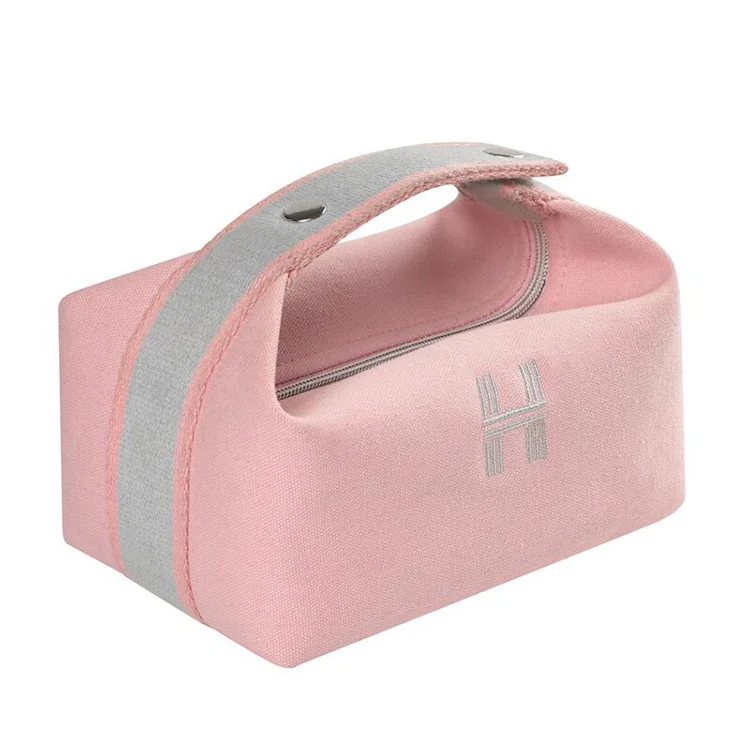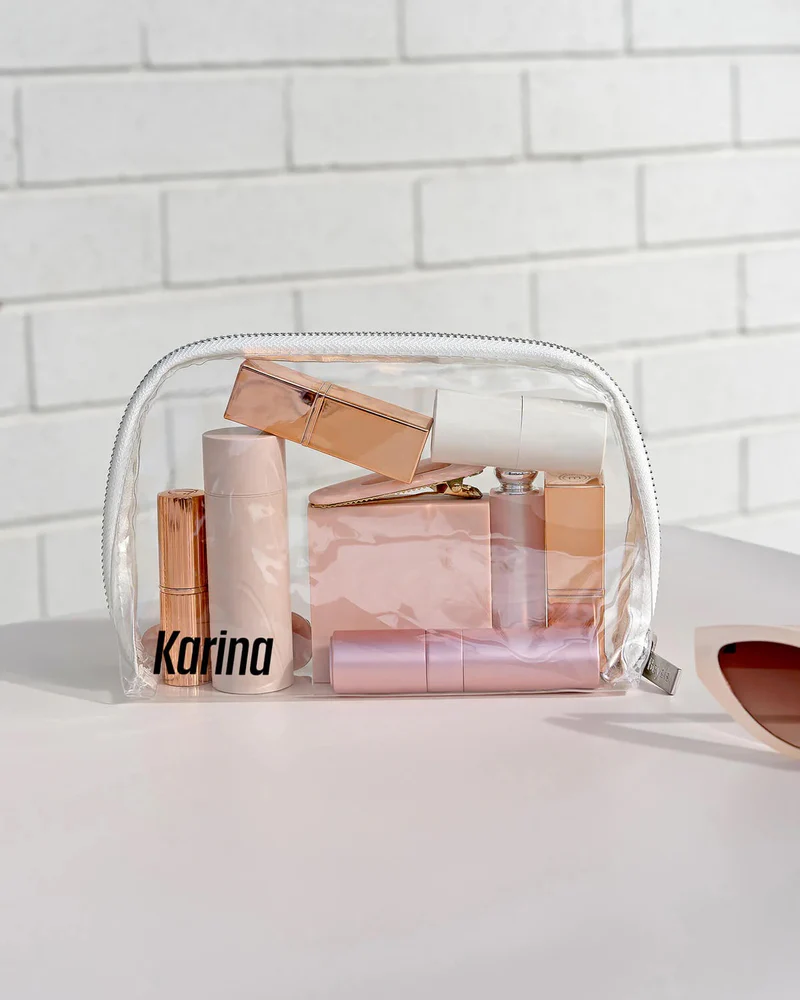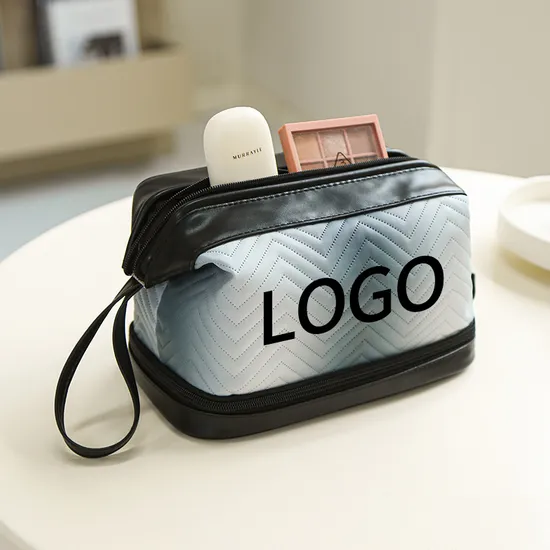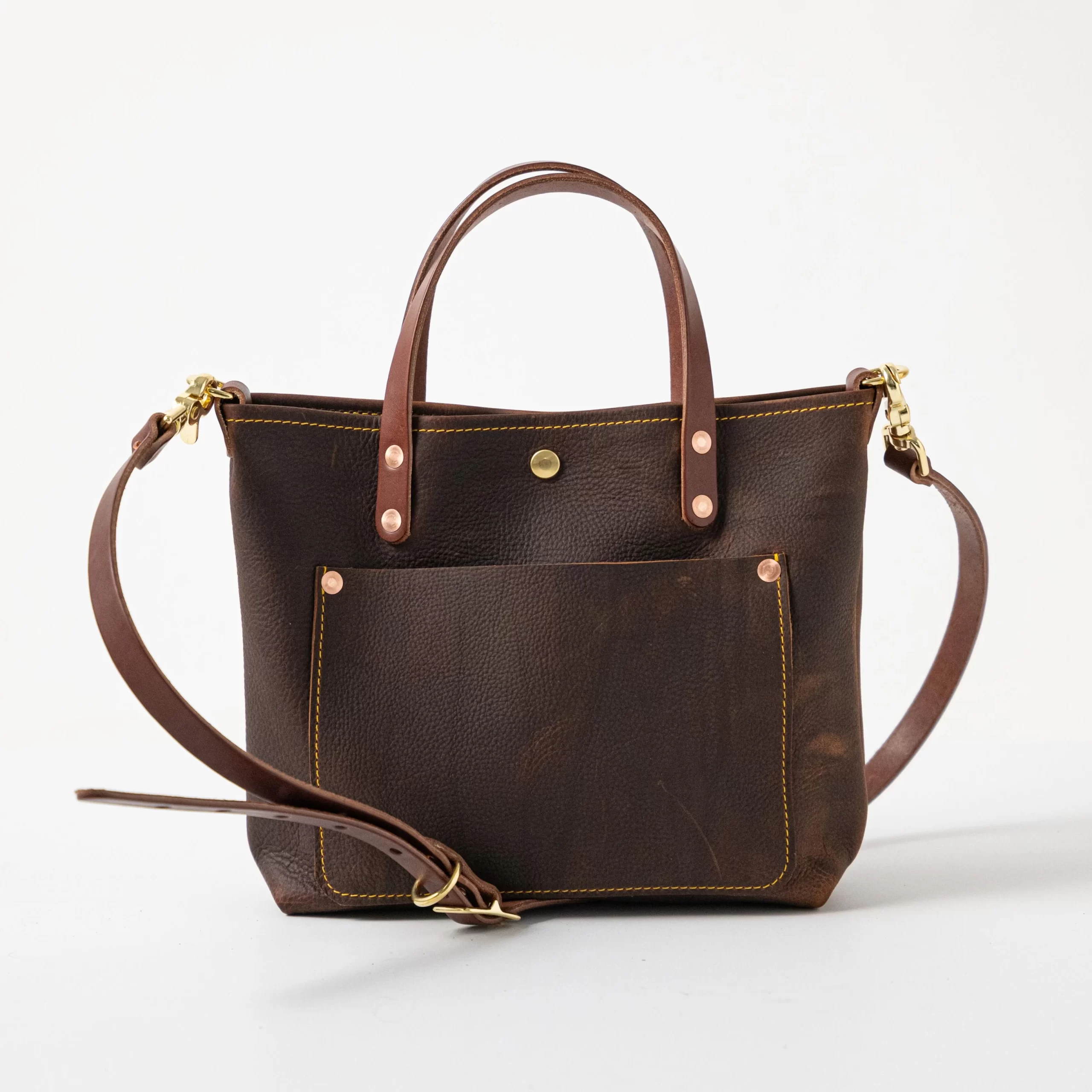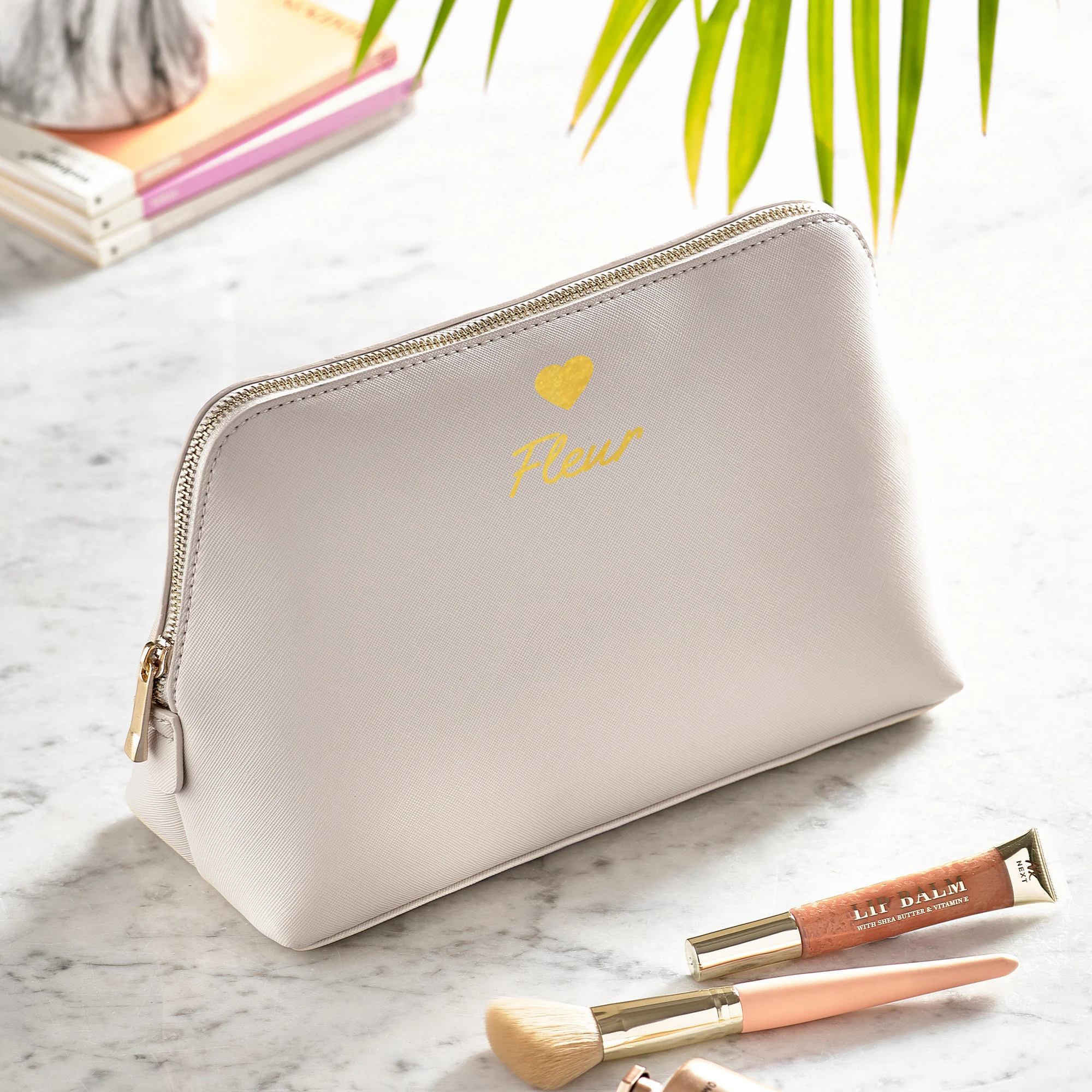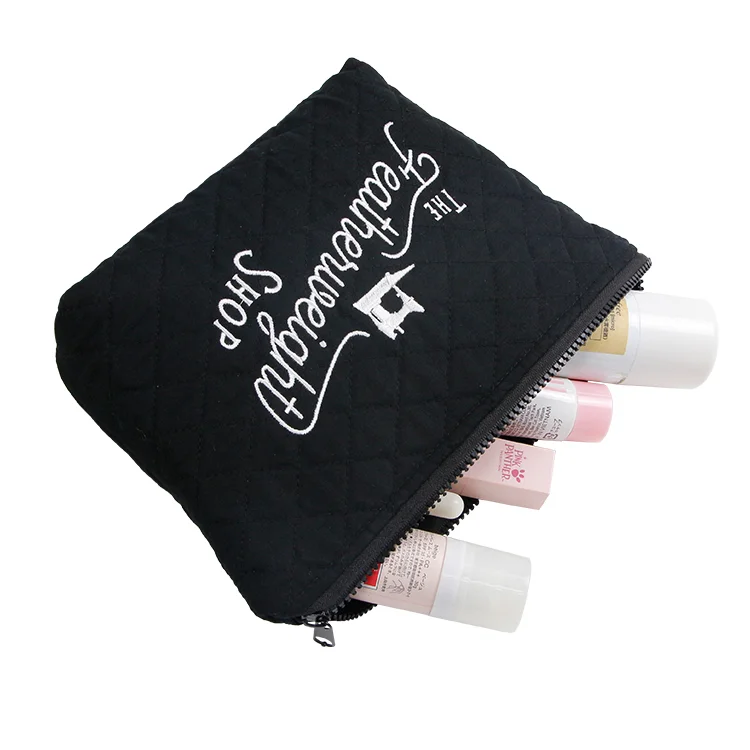Contents
- Materials Used in Eco-Friendly Cosmetic Bags
- Expert Insights on Eco-Friendly Cosmetic Bags
- Design Innovations in Eco-Friendly Cosmetic Bags
- Environmental Impact of Eco-Friendly Cosmetic Bags
- The Role of Consumers and Brands
- Looking to the Future: Innovation and Technology in Eco-Friendly Cosmetic Bags
- Conclusion
Eco-friendly cosmetic bags: sustainable choices
As global awareness of sustainability and Eco-friendly lifestyles continues to grow, everyday products are increasingly being designed with environmental impact in mind. Cosmetic bags, a staple in many people’s daily routines, are no exception. They have become a key product where consumers are looking to make more sustainable choices. Selecting Eco-friendly cosmetic bags not only helps reduce environmental harm but also reflects a more conscious approach to personal consumption. This article will explore the materials, design innovations, and environmental impacts of Eco-friendly cosmetic bags, providing insights from industry experts and supporting data.
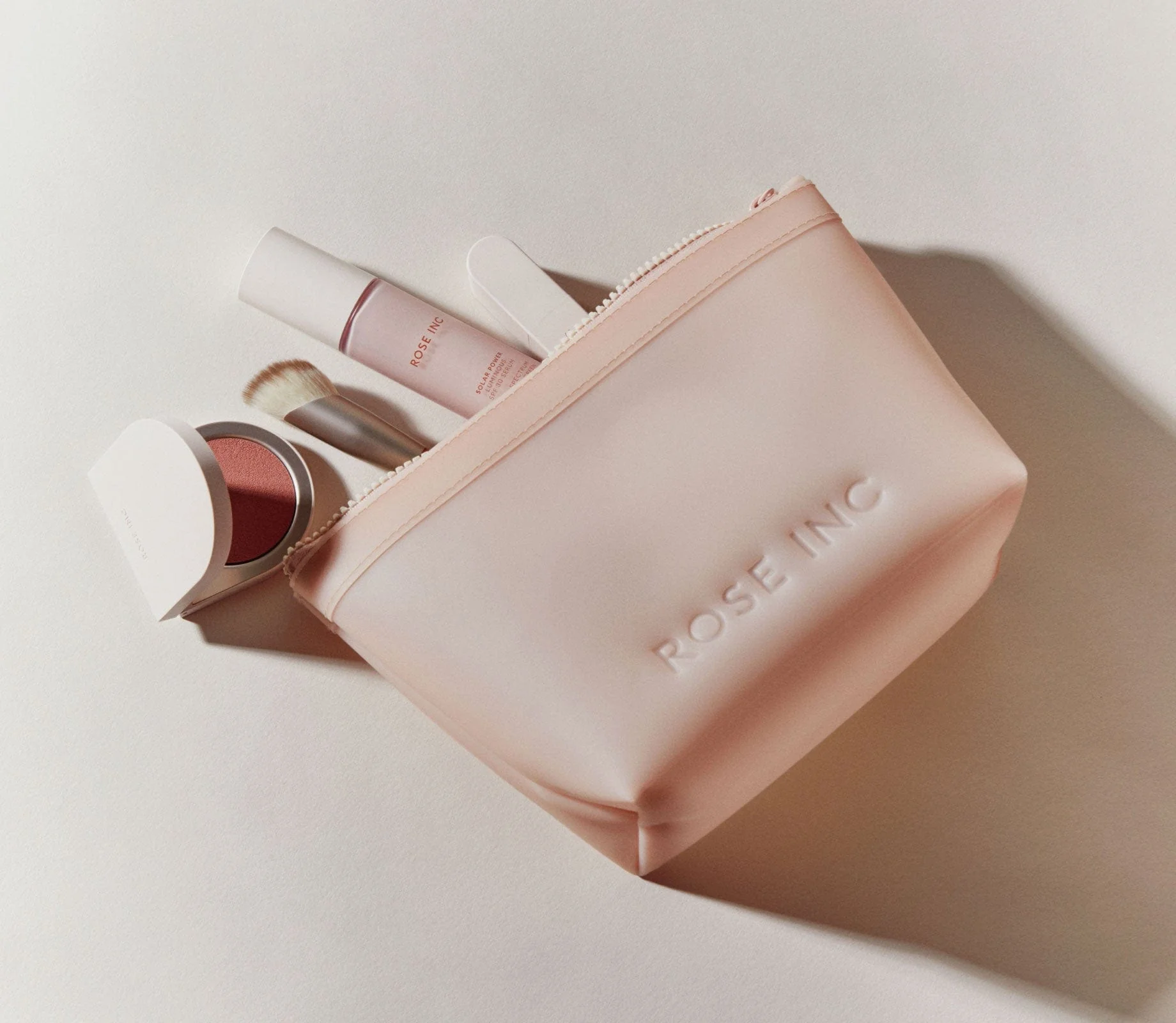
Materials Used in Eco-Friendly Cosmetic Bags
The material selection is the cornerstone of Eco-friendly cosmetic bags. Traditional cosmetic bags are typically made from synthetic materials such as plastics, PVC, and nylon, which contribute significantly to environmental degradation. In contrast, Eco-friendly bags are increasingly made from renewable, biodegradable, or natural materials, minimizing environmental impact. Below are some common Eco-friendly materials and their advantages and disadvantages:
| Material Type | Characteristics | Advantages | Disadvantages |
|---|---|---|---|
| Organic Cotton | Grown without chemical pesticides or fertilizers | Biodegradable, non-toxic, antibacterial | Sensitive to environmental factors, requires careful maintenance |
| Recycled Polyester (rPET) | Made from recycled plastic bottles or other polyester waste | Durable, water-resistant, eco-friendly | Chemical processing still required, recycling process can be complex |
| Plant-based Leather | Made from plant fibers like pineapple, mushroom, or apple | Biodegradable, reduces animal leather use | Higher cost, durability may not match traditional leather |
For instance, the World Wildlife Fund has reported that approximately 80% of plastic waste produced globally is not effectively recycled. The introduction of rPET offers an innovative solution to this problem, helping reduce waste while still providing the durability and functionality of traditional materials. This material is increasingly being used by various brands, including those manufacturing cosmetic bags, to reduce their environmental footprint.
Expert Insights on Eco-Friendly Cosmetic Bags
Several leading institutions and experts have praised the growing trend of Eco-friendly cosmetic bags. Organizations like the Green Product Award and the Eco Living Organisation have recognized the positive impact these bags are having on promoting sustainability in the fashion and accessory industries.
Rolf Frank, a renowned expert in sustainable design, has commented: “Eco-friendly cosmetic bags are more than just a fusion of style and sustainability. Every detail, from material selection to construction, demonstrates a commitment to Eco-consciousness. Whether it’s organic cotton, recycled polyester, or plant-based leather, these materials reflect a shift towards more responsible consumption.” Frank further emphasizes that the development of Eco-friendly products is a gradual process and that each step—whether it be material choice or design implementation—requires the collective effort of the industry and consumers.
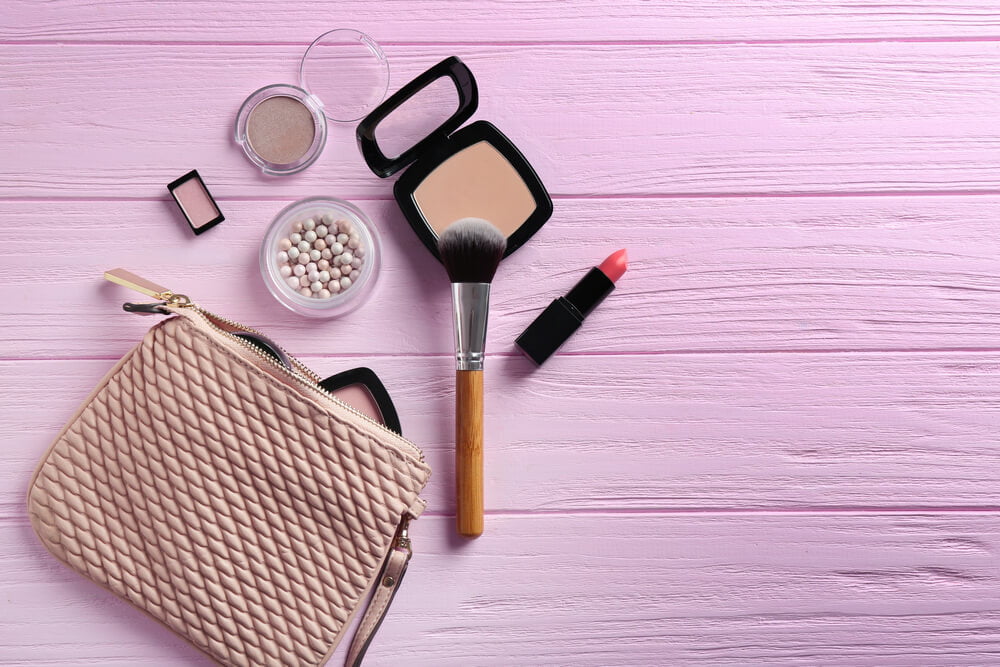
Design Innovations in Eco-Friendly Cosmetic Bags
The design of Eco-friendly cosmetic bags goes beyond just materials; it also focuses on functionality, durability, and minimizing waste. Increasingly, the design of these bags reflects principles of sustainability and conscious consumption.
Multi-functionality and Reusability
Many Eco-friendly cosmetic bags are designed with multiple purposes in mind, preventing the need for single-use products. For example, bags may feature removable, washable liners, allowing users to clean them without discarding the entire bag. Additionally, some designs incorporate everyday bags, enabling cosmetic bags to double as small travel or daily-use bags, reducing the need for additional purchases.
Sustainable Design Aesthetics
The aesthetics of Eco-friendly cosmetic bags have also evolved, with many brands now combining sustainable materials with attractive designs. For example, bags made from organic cotton or plant-based leather may feature unique stitching, printed patterns, or artistic embellishments, making them both functional and visually appealing. This combination of sustainability and style has helped Eco-friendly bags gain traction among environmentally-conscious consumers.

Environmental Impact of Eco-Friendly Cosmetic Bags
The widespread use of Eco-friendly cosmetic bags helps mitigate the negative environmental effects associated with traditional materials. According to the United Nations Environment Programme , plastic pollution has become a global crisis, especially in our oceans, where plastic waste poses a significant threat to marine life. Eco-friendly cosmetic bags, made from biodegradable or recycled materials, can contribute to reducing plastic waste and lowering carbon emissions associated with production.
The following table illustrates the environmental benefits of Eco-friendly cosmetic bags, specifically comparing traditional plastic bags to those made from recycled polyester (rPET):
| Materials for Producing 1000 Cosmetic Bags | Using Traditional Plastic | Using Recycled Polyester (rPET) |
|---|---|---|
| Recycled Plastic Bottles Collected | 0 | 200 Bottles |
| Carbon Emissions | 200 kg CO2 | 150 kg CO2 |
| Water Consumption | 50,000 L | 30,000 L |
As shown, using rPET in the production of cosmetic bags not only reduces waste by recycling plastic bottles but also results in lower carbon emissions and water consumption compared to traditional plastic. This reduction in resource usage and environmental harm underscores the tangible benefits of adopting Eco-friendly materials in everyday products.
The Role of Consumers and Brands
The growth of the Eco-friendly cosmetic bag market is driven not only by innovative brands but also by increasingly Eco-conscious consumers. According to a survey by iResearch, over 60% of consumers now prioritize Eco-friendly materials when choosing cosmetic bags, with 30% willing to pay more for sustainable products. This shift in consumer behavior is pushing brands to adapt and innovate.
Major brands in both the beauty and fashion sectors have started incorporating Eco-friendly materials into their cosmetic bag offerings. Companies like Lush and Kiehl’s have already launched bags made from recycled and organic materials, reflecting a broader market trend toward sustainability.
Looking to the Future: Innovation and Technology in Eco-Friendly Cosmetic Bags
As technology advances, the design and production of Eco-friendly cosmetic bags are likely to see even more innovations. Emerging technologies, such as 3D printing and smart materials, could play a significant role in reducing waste and increasing the functionality of these bags. For instance, 3D printing allows for precise control over material usage, reducing waste during production. Additionally, smart materials may enable cosmetic bags to adjust according to user needs, such as providing additional storage or organizing cosmetics based on usage patterns.
Megan Reed, an industry expert, suggests, “The development of Eco-friendly products is a multifaceted process, requiring innovation across technology, design, and consumer behavior. Eco-friendly cosmetic bags are not just a trend—they represent a more responsible and sustainable way of consuming.” Reed emphasizes the importance of collaboration between brands, consumers, and designers in driving the sustainability movement forward.
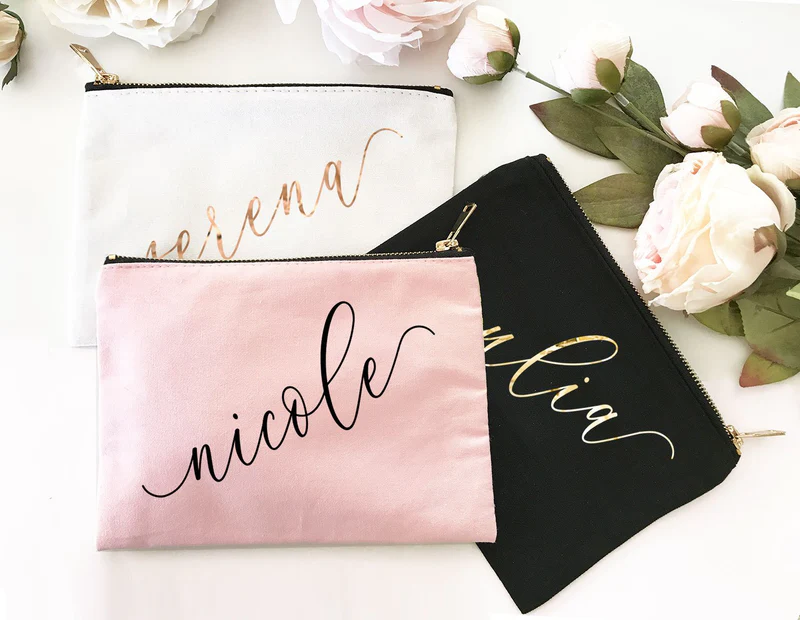
Conclusion
The rise of Eco-friendly cosmetic bags is part of a broader shift towards more sustainable lifestyles. Through innovative materials, thoughtful design, and collaboration between brands and consumers, these bags are helping to reduce environmental harm while promoting conscious consumption. As technology and consumer awareness continue to evolve, Eco-friendly cosmetic bags will become an even more integral part of the sustainable product landscape, contributing to a healthier planet for future generations.
Products Recommend
-
-
Mesh Cosmetic Bag
Learn More -
Custom canvas travel with zipper makeup cosmetic bag
Learn More -
Customized canvas cosmetic tote bag
Learn More -
Custom logo portable zipperportable zipper twist cotton cosmetic bag
Learn More
News Recommend
-
Must-read for wholesalers: 2025 makeup bag market trends and hot-seller analysis
Mar.14.2025 Learn More


